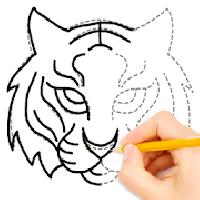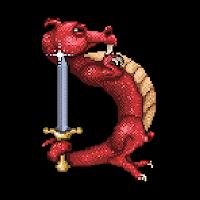|
Tips, Tricks, and Strategies for Learning to Draw Animals:
- Observe and Study: Take the time to observe real animals or look at reference images to understand their anatomy, proportions, and unique features.
- Start with Basic Shapes: Begin by sketching basic shapes that resemble the animal's body, head, and limbs. This helps establish the overall structure before adding details.
- Break it Down: Break down complex animals into simpler shapes and forms. For example, a dog's body can be represented by an oval, while its legs can be depicted as cylinders.
- Focus on Proportions: Pay attention to the proportions of different body parts in relation to each other. This will help you achieve a more accurate representation of the animal.
- Study Anatomy: Learn about the underlying skeletal and muscular structure of animals. Understanding their anatomy will give you a better grasp of how their bodies move and allow you to create more realistic drawings.
- Practice Sketching: Regularly practice sketching animals using quick, loose strokes. This will improve your hand-eye coordination and help you capture the essence of the animal's form.
- Use Guidelines: Utilize guidelines to establish the pose and proportions of the animal. These can be simple lines or shapes that act as a framework for your drawing.
- Add Details Gradually: Start with the basic outline and gradually add details such as fur, feathers, or scales. Build up your drawing in layers, refining as you go.
- Experiment with Textures: Explore different shading techniques to create textures that mimic the animal's skin, fur, or other distinctive features. This adds depth and realism to your drawings.
- Seek Feedback: Share your drawings with others and ask for constructive feedback. This can help you identify areas for improvement and gain valuable insights from fellow artists.
- Stay Persistent: Learning to draw animals takes time and practice. Be patient, stay persistent, and enjoy the process of continuously honing your skills.
|






















